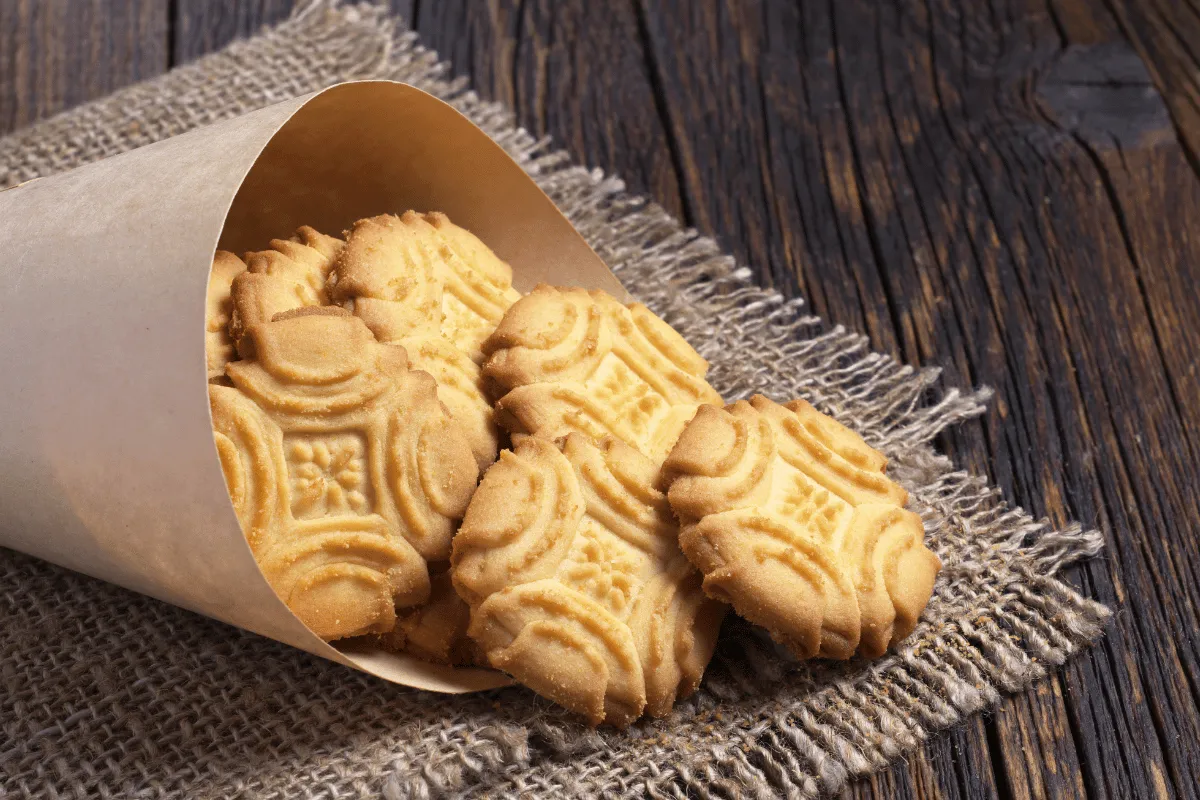In the world of cookies, there’s a little slice of heaven known as Irish shortbread. These buttery delights are more than just a treat; they’re a journey into the heart of Irish tradition and culinary excellence. With their rich history and simple yet exquisite flavor profile, Irish shortbread cookies stand out in the vast sea of sweet confections. This article will take you through the ins and outs of these beloved cookies, from their origins to the secret ingredient that makes them so irresistible. We’ll also dive into a foolproof recipe, explore variations to suit every palate, and uncover the cultural significance of these treats in Irish heritage. So, preheat your ovens and let’s embark on this delicious adventure together.
Introduction to Irish Shortbread Cookies
Introduction to Irish Shortbread
Dive into the world of Irish shortbread, and you’ll find yourself wrapped in a tale as rich and enticing as the cookies themselves. Originating from the simple yet profound blend of butter, sugar, and flour, shortbread has been a staple in Scottish and Irish homes for centuries. But, what sets the Irish shortbread apart is not just its history but the golden touch of Irish butter, a key ingredient that transforms a simple cookie into a melt-in-your-mouth masterpiece.
Why Irish Butter Makes a Difference
Ever wonder what elevates Irish shortbread above the rest? The secret lies in the butter. Irish butter, known for its high butterfat content and rich, creamy texture, is the heart and soul of these cookies. Unlike regular butter, Irish butter is churned from the milk of grass-fed cows, giving it a distinctive yellow hue and a flavor that’s as lush as the Irish countryside itself. This butter ensures that every bite of Irish shortbread is not just a treat but an experience, one that’s buttery, crumbly, and utterly divine.
Now, let’s not just linger on the doorstep of this culinary exploration. Step inside, and let’s delve deeper into the art and soul of making Irish shortbread cookies. With our aprons tied and rolling pins at the ready, we’re about to embark on a baking adventure that promises to fill your kitchen with the warm, inviting aroma of buttery goodness. So, gather your ingredients, and let’s make some cookie magic happen.
The Perfect Recipe
Ingredients and Their Significance
In the realm of baking, the magic lies in the simplicity and quality of ingredients. For Irish shortbread, this couldn’t be truer. Each component plays a pivotal role in creating the cookie’s signature texture and taste. Let’s break it down:
- Irish Butter: The star of the show, Irish butter, with its higher fat content, lends the cookies their rich flavor and tender crumb. It’s what sets these cookies apart from their counterparts.
- Sugar: Just the right amount of granulated sugar adds sweetness without overpowering the buttery flavor. It’s a delicate balance that makes all the difference.
- Flour: All-purpose flour provides the structure, ensuring the cookies hold their shape while maintaining that classic shortbread texture.
- Cornstarch: A little cornstarch goes a long way in making the cookies melt in your mouth. It’s the secret to their tender, crumbly texture.

Step-by-Step Baking Guide
Now that we’ve gathered our ingredients, it’s time to roll up our sleeves and get to the heart of baking these delightful treats. Follow these steps, and you’ll be on your way to creating the perfect Irish shortbread cookies.
- Preparation: Start by preheating your oven to 350°F (175°C). Line your baking sheets with parchment paper to ensure the cookies come off easily after baking.
- Mixing the Dough: In a large bowl, cream together the softened Irish butter and sugar until smooth and fluffy. This step is crucial for incorporating air into the dough, which contributes to the cookies’ light texture.
- Combining Dry Ingredients: Whisk together the flour and cornstarch, then gradually add them to the butter mixture. Mix until a soft dough forms. The key here is not to overmix; you want to preserve that tender crumb.
- Rolling and Cutting: On a lightly floured surface, roll the dough to about ¼ inch thickness. Use your favorite cookie cutters to shape the cookies, then transfer them to your prepared baking sheets.
- Chilling: To ensure the cookies maintain their shape, chill them in the refrigerator for at least 30 minutes before baking. This step also enhances their flavor and texture.
- Baking: Bake the cookies for 12-15 minutes, or until they’re lightly golden around the edges. Watch them closely, as shortbread can go from perfect to overdone in a flash.
- Cooling: Let the cookies cool on the baking sheet for a few minutes before transferring them to a wire rack to cool completely. This patience pays off with cookies that are crisp on the outside and tender on the inside.
And there you have it, a step-by-step guide to creating the most delectable Irish shortbread cookies. Remember, baking is as much about the journey as it is about the destination. So, take your time, enjoy the process, and, most importantly, savor every bite of your homemade treats.


